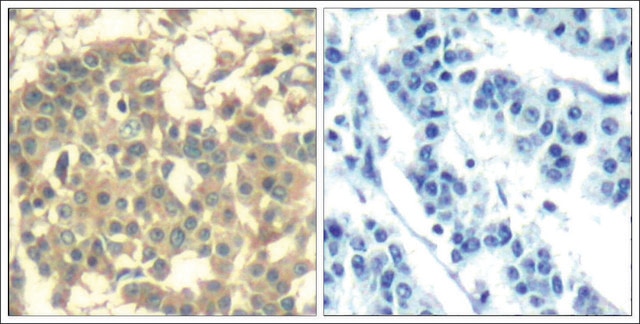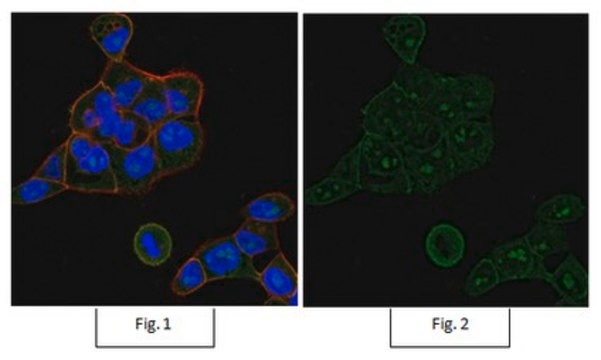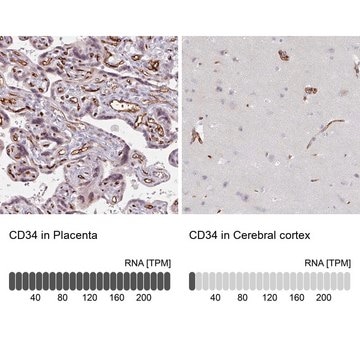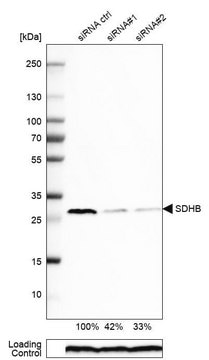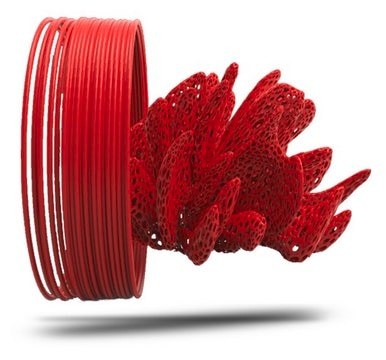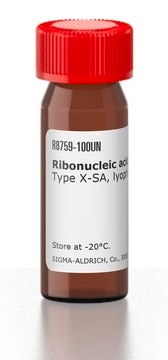05-1049
Anti-Met (extracellular) Antibody, clone 4F8.2
clone 4F8.2, from mouse
Synonym(s):
HGF receptor, HGF/SF receptor, Met proto-oncogene tyrosine kinase, SF receptor, Scatter factor receptor, met proto-oncogene, met proto-oncogene (hepatocyte growth factor receptor), oncogene MET
About This Item
Recommended Products
biological source
mouse
Quality Level
antibody form
purified antibody
antibody product type
primary antibodies
clone
4F8.2, monoclonal
species reactivity
human
technique(s)
immunohistochemistry: suitable (paraffin)
western blot: suitable
isotype
IgG2bκ
NCBI accession no.
UniProt accession no.
shipped in
wet ice
target post-translational modification
unmodified
Gene Information
human ... MET(4233)
Related Categories
General description
Specificity
Immunogen
Application
Signaling
Growth Factors & Receptors
This lot detected Met at 1:1,000 dilution in HEK293 cell lysate resolved via SDS-PAGE and transferred to PVDF.
Immunohistochemistry Analysis :
Quality
Western Blot Analysis:
This lot detected Met at 1:1,000 dilution in HEK293 cell lysate resolved via SDS-PAGE and transferred to PVDF.
Target description
Linkage
Physical form
Storage and Stability
Handling Recommendations: Upon receipt, and prior to removing the cap, centrifuge the vial and gently mix the solution.
Other Notes
Disclaimer
Not finding the right product?
Try our Product Selector Tool.
wgk_germany
WGK 1
flash_point_f
Not applicable
flash_point_c
Not applicable
Certificates of Analysis (COA)
Search for Certificates of Analysis (COA) by entering the products Lot/Batch Number. Lot and Batch Numbers can be found on a product’s label following the words ‘Lot’ or ‘Batch’.
Already Own This Product?
Find documentation for the products that you have recently purchased in the Document Library.
Our team of scientists has experience in all areas of research including Life Science, Material Science, Chemical Synthesis, Chromatography, Analytical and many others.
Contact Technical Service